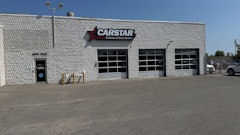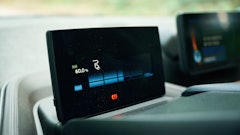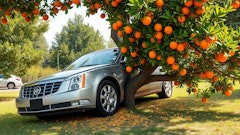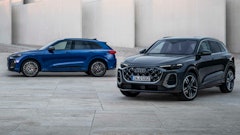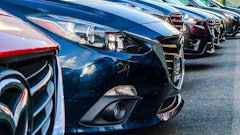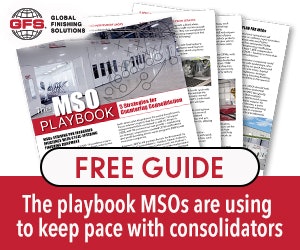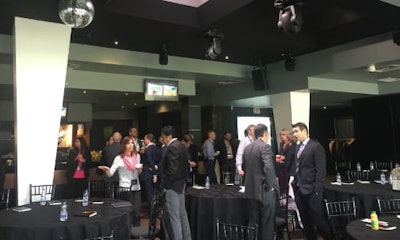
By Tom Davis
Toronto, Ontario — November 13, 2017 — With collision repairers and auto insurers facing mounting cost pressure, a packed Solera AudaVision conference held in Toronto last Thursday heard about some of the technological options available to help better manage repair costs.
Those repair costs are a growing problem across the country, according to Barry Penner, QC. The past Chair of the Insurance Corporation of British Columbia (ICBC) noted that the government-owned company reported losses of more than $700 million in the 15 months up to the end of March, 2017, despite achieving impressive investment returns. While British Columbia is the only province in Canada with a full, unrestricted tort system for addressing bodily injury claims arising from auto accidents, Penner said rising vehicle repair costs are also an aggravating factor in the disappointing financial result.
The BC lawyer and former Attorney General explained that crashes in the province have risen 23 percent from 2013 to 2016, with “distracted drivers” likely contributing to the trend. There was a further 16 percent increase in the number of injury claims during 2014 to 2016 and a 15 percent increase in the number of vehicle damage claims from 2014 to 2016.
“Increasing technological complexity of vehicles, while intended to increase comfort and safety, have also contributed to rapidly escalating repair costs,” Penner noted. He pointed to the example of the Jeep Cheroke going from having 19 parts in the front bumper section of the vehicle in 2010 to 42 parts by 2015, adding $1,300 in parts costs. “And just look at the trend towards LED headlamps, which cost $1,757 on average to replace compared to $331 for halogen headlamps.”
Penner mentioned recent data from the Insurance Institute for Highway Safety (IIHS), indicating a decrease in crash frequency for those vehicles equipped with collision avoidance technology, but this has not yet been enough to offset the higher cost of repairs.
Interestingly, consumers are buying 42 percent more vehicles than they are scrapping according to Penner, and that there has been a 38 percent jump in the sale of trucks compared to a 13 percent percent decline in passenger cars. This, combined with an increasing trend towards European car purchases and a shift away from Asian brands, is driving up repair costs. Domestic brands now cost more on average to repair than Asian models, a significant change since 2012.
If a truck hits a car, it would cost an average of $539 for the repair of the car. But if a car hit a truck, the average cost soars to $1,389, he said. This is due to the mismatch in bumper heights and an increased amount of technology embedded into trucks, as well as newer vehicles in general.
The typical new luxury vehicle now has some 100 million lines of code, whereas the new Boeing 787 airplane has just 6.5 million lines of code. The increased number of codes ingrained into newer vehicles impacts the cost of repairs, requiring body shops to invest in new technology. The increased use of aluminum is also driving up costs, with body panels costing an average $240 more than steel. The use of aluminum is expected to increase some 110 percent over the next 10 years, said Penner.
Eric Marrello, Director of Sales at APU Solutions spoke to the audience about how APU Solutions is providing real-time access to vehicle parts, cutting down on time and additional costs for the repairer. The network connects shops with a “preferred” supplier network.
He said the increasing costs of parts as well as their complexity is resulting in around 40 to 45 percent of claim dollars being spent on automotive parts. According to the company, APU Solutions uses an automated system to cut down on “bad data, excess of part choices and procurement.”
Marrello said APU solutions means that collision repair owners and their staff “no longer need to make calls to verify availability and accuracy.” He added, “our vision is to provide you with every part type in one simple search.”
Tanya Elkins, Vice President of Valuation and Identification Solutions at Autosource, went on to speak on how Solera is aiming to use real-time data to bring the average for total loss down from 60 to 20 days. She said the average was 20-30 days to settle a total loss, and a further 40-50 days to see the salvage recovery funds. “This is a vision. We want to inspire higher for what has been the status quo for too long,” she said. It aims do this with what she claims is the “industry’s only total loss inspection app.”
To find out more on Solera and its various brands in the collision repair industry visit audatex.ca.







